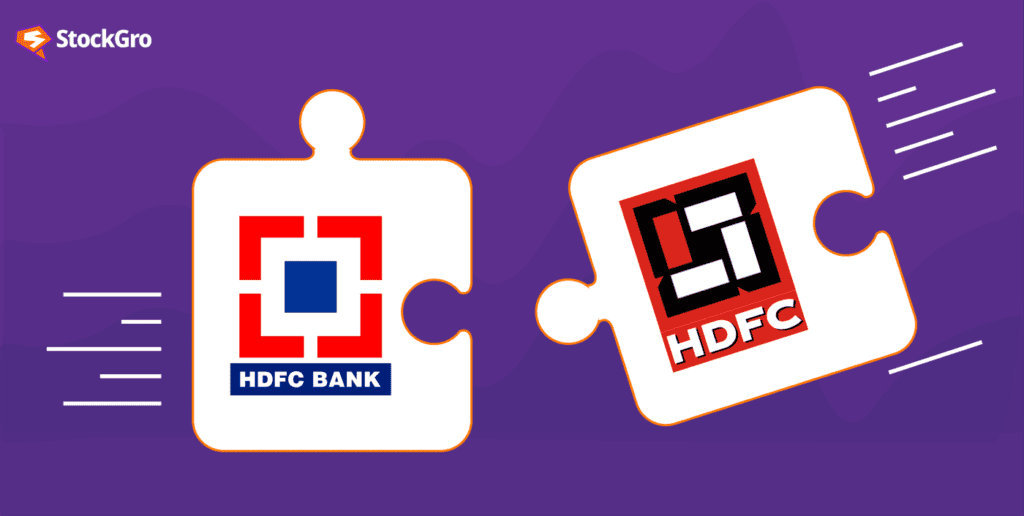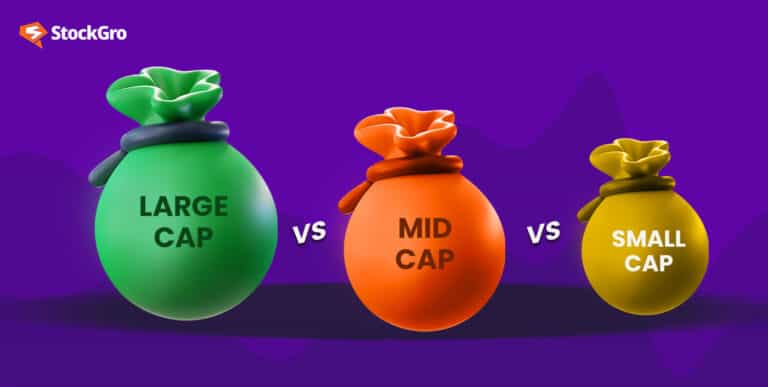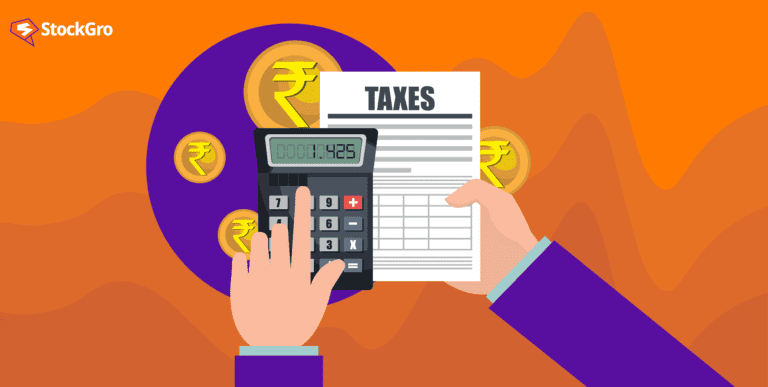
Mergers and acquisitions are not uncommon in the business world. They often serve as strategic moves to achieve various goals, such as expanding market reach, improving efficiency, or gaining a competitive edge.
One such monumental development is the impending merger of HDFC, a leading Indian financial institution. The merger will result in the formation of the world’s fifth-most valuable bank, with an estimated worth of $168 billion.
With merger, the newly formed entity will widen its lead over ICICI Bank, its private banking rival, and come closer to the State Bank of India, a state-owned behemoth.
The countdown ends
The long-awaited merger between India’s most valuable lender, HDFC Bank, and the nation’s largest mortgage financier, HDFC, was finally completed on July 1. Investors have eagerly anticipated this milestone, and it marks a significant turning point for both entities.
Following the merger, HDFC Bank shares surged on the first day of trading. The share price reached a lifetime high of ₹1,757.50 before closing more than 1% higher at ₹1,721.00. This positive trend indicates the market’s confidence in the merged entity’s potential.
Additionally, the record date for the share swap was fixed on July 13, with HDFC Bank allocating 42 shares for every 25 held in HDFC. This merger is expected to impact the benchmark indices Nifty 50 and Sensex substantially.
You may also like: SGBs: A smarter way to invest in gold
Reason for the merger
The merger between HDFC and HDFC Bank is driven by multiple factors that create synergies and opportunities for growth:
- Creating a larger entity: The merger will result in India’s third-largest financial institution by market capitalization, providing increased bargaining power and investment capabilities.
- Cross-selling opportunities: The combined entity can leverage HDFC’s housing finance expertise and HDFC Bank’s wide reach to cross-sell products, boosting profitability.
- Access to a larger customer base and low-cost funding: HDFC will benefit from HDFC Bank’s extensive customer base and diversified low-cost funding, enhancing its competitive advantage.
- Reduced exposure to unsecured loans and strengthened capital base: The merger will reduce HDFC Bank’s risk exposure and strengthen the capital base of the combined entity, improving financial resilience.
- Operational efficiencies and synergies: The merger will lead to operational efficiencies, revenue opportunities, and cost reductions, benefiting stakeholders of both companies.
- Meeting the demand for credit: With the growing demand for credit in India, the merger allows HDFC and HDFC Bank to cater to this demand more effectively by accessing cheaper funds and expanding their franchise.
The numbers: A glimpse into the giant
To truly grasp the magnitude of this merger, let’s take a look at the numbers:
- HDFC Ltd has assets under management of ₹7.2 trillion, with a year-on-year growth of 11%.
- HDFC Ltd’s gross bad loan ratio stands at an impressive 1.18%, down from 1.91% the previous year.
- HDFC Bank boasts a total loan book of ₹16.1 trillion, representing a 17% increase from the previous year.
- HDFC Bank’s gross bad loans have decreased to 1.1% of total loans, down from 1.2% in the previous fiscal year.
- In terms of profitability, HDFC Ltd recorded a profit of ₹16,239 crore, while HDFC Bank reported a profit of ₹44,110 crore.
| HDFC Ltd | HDFC Bank |
| FY23 profit: Rs. 16,239 cr | FY23 profit: Rs. 44,110 cr |
| Asset under mgmt: Rs. 7.2 tn | Total advances: Rs. 16.1 tn |
| Gross NPA ratio: 1.18% | Gross NPA ratio: 1.1% |
| Employees: 4,017 | Employees over: 170,000 |
| Outlets: 523 | Branches: 7,821 |
These figures clearly demonstrate the scale and financial strength of the two entities and their potential for future growth.
Home loans at the helm: Future growth strategy
Following the merger, HDFC Bank plans to prioritise home loans as a key component of its growth strategy. Reuters reports that home loans are likely to constitute almost one-third of the bank’s portfolio, emphasising the bank’s commitment to this sector and its customers.
Also Read: How does the US Fed’s interest rate pause impact global markets and India?
Transfer of subsidiaries
In this grand merger, HDFC’s subsidiaries will find a new home in the capable arms of HDFC Bank. It’s a game of swapping and raising stakes:
- HDFC Bank will boost its ownership in the life insurance business from 48.7% to over 50%.
- The general insurance segment will also witness a similar rise from 49.9% to over 50%.
Foreign inflows and index inclusion
With foreign shareholding projected at 60%-62% in the merged entity, HDFC Bank is set to attract international attention. If all goes well, the bank may rejoin the MSCI index, opening the floodgates for foreign investments.
Implications for Mutual Funds
As the merger approaches, mutual funds must juggle their portfolios to comply with SEBI regulations. Approximately 60 mutual fund schemes need to offload shares worth ₹4,500 crore in HDFC Bank to meet the 10% single-stock exposure limit.
- Mirae Asset Large Cap leads the pack with excess exposure of ₹1,200 crores.
- HDFC Top 100 and Axis Bluechip follow closely with exposures of ₹710 crore and ₹460 crore, respectively.
Also Read: RBI MPC meeting: Repo rate unchanged, what does it mean for you?
How would existing shareholders benefit?
After the merger becomes effective, HDFC Bank will allocate 42 new shares for every 25 shares of HDFC. This share allocation will be announced on the record date, ensuring a smooth transition for HDFC shareholders.
HDFC shares will stop trading on that date, and it may take a week or two for the allocation and listing of new shares. Importantly, the HDFC Bank share price will adjust on the ex-date to incorporate the value of HDFC, affecting stock indexes, index funds, and ETFs.
Looking at the overall situation, however, it’s a clear win-win for both parties – the company and the stakeholders. The question is –have you invested in HDFC Ltd or HDFC Bank? If not, will you consider it after merger?

